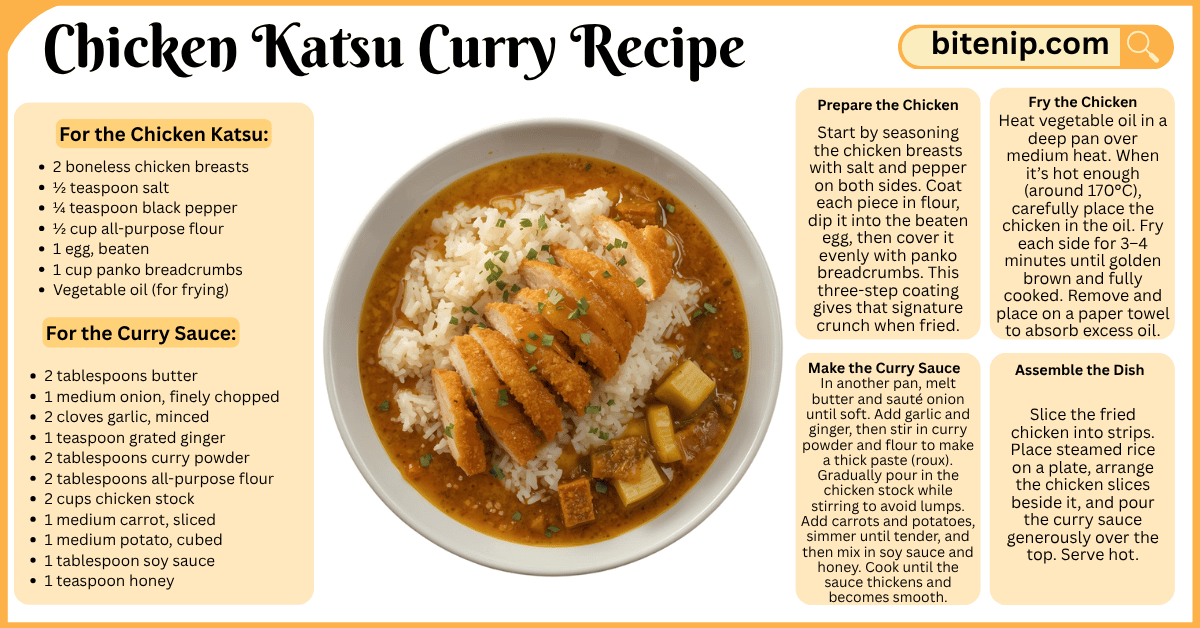Chicken Katsu Curry is one of Japan’s most loved comfort dishes. It combines crispy fried chicken cutlets with a rich, mildly spiced curry sauce poured over warm steamed rice. Every bite delivers a perfect mix of crunch, tenderness, and savory warmth. This dish is simple to make at home, yet it feels special enough for a cozy weekend meal or dinner with friends.
Origin
The word katsu comes from katsuretsu, meaning “cutlet” in Japanese. The dish actually has Western roots, inspired by European-style breaded cutlets introduced to Japan in the late 19th century. Over time, the Japanese adapted it and paired it with their famous curry sauce, creating Katsu Curry. Today, it’s a staple in Japanese households and restaurants, enjoyed for its hearty flavor and balanced texture.
Ingredients of Chicken Katsu Curry Recipe with Pictures
Each ingredient in Chicken Katsu Curry plays an important part in building flavor and texture.
- Chicken breast
The star of the dish, lean yet tender, perfect for frying to a golden crisp.
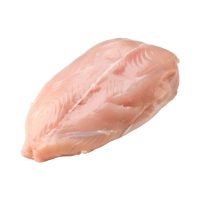
- Salt and pepper
Basic seasonings that enhance the natural taste of the chicken.
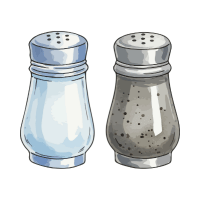
- Flour
Helps the egg and breadcrumbs stick to the chicken evenly.
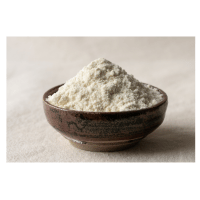
- Egg
Acts as a binding agent, sealing the coating.

- Panko breadcrumbs
Give the chicken its light, crispy crust.
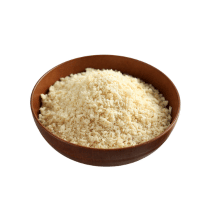
- Vegetable oil
Used for deep-frying the chicken to perfection.

- Onion, garlic, and ginger
Form the aromatic base of the curry sauce.

- Curry powder
Adds warmth and depth to the sauce.
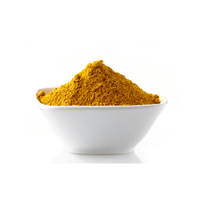
- Carrot and potato
Add sweetness, texture, and richness.

- Chicken stock
Builds the body of the curry.
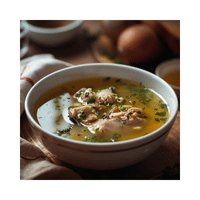
- Flour and butter
Combined to make a roux, which thickens the curry sauce.

- Soy sauce and honey
Balance the flavor with umami and a touch of sweetness.
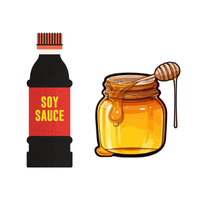
- Steamed rice
Completes the dish, soaking up the flavorful curry.

Ingredients with Quantities
| Ingredient | Quantity |
|---|---|
| Chicken breast (boneless) | 2 pieces |
| Salt | ½ tsp |
| Black pepper | ¼ tsp |
| All-purpose flour | ½ cup |
| Egg | 1 (beaten) |
| Panko breadcrumbs | 1 cup |
| Vegetable oil (for frying) | As needed |
| Onion (finely chopped) | 1 medium |
| Garlic (minced) | 2 cloves |
| Ginger (grated) | 1 tsp |
| Curry powder | 2 tbsp |
| Carrot (sliced) | 1 medium |
| Potato (cubed) | 1 medium |
| Chicken stock | 2 cups |
| Butter | 2 tbsp |
| Flour (for roux) | 2 tbsp |
| Soy sauce | 1 tbsp |
| Honey | 1 tsp |
| Steamed rice | 2 servings |
Step by Step Chicken Katsu Curry Recipe
1. Prepare the Chicken
Start by seasoning the chicken breasts with salt and pepper on both sides. Coat each piece in flour, dip it into the beaten egg, then cover it evenly with panko breadcrumbs. This three-step coating gives that signature crunch when fried.
2. Fry the Chicken
Heat vegetable oil in a deep pan over medium heat. When it’s hot enough (around 170°C), carefully place the chicken in the oil. Fry each side for 3–4 minutes until golden brown and fully cooked. Remove and place on a paper towel to absorb excess oil.
3. Make the Curry Sauce
In another pan, melt butter and sauté onion until soft. Add garlic and ginger, then stir in curry powder and flour to make a thick paste (roux). Gradually pour in the chicken stock while stirring to avoid lumps. Add carrots and potatoes, simmer until tender, and then mix in soy sauce and honey. Cook until the sauce thickens and becomes smooth.

4. Assemble the Dish
Slice the fried chicken into strips. Place steamed rice on a plate, arrange the chicken slices beside it, and pour the curry sauce generously over the top. Serve hot.
Common Mistakes to Avoid
Overcrowding the pan: When frying, adding too many chicken pieces at once lowers the oil temperature. This leads to soggy, greasy cutlets. Always fry in small batches.
Skipping the flour layer: Some people skip flour to save time, but it helps the egg and breadcrumbs stick better. Without it, the coating might peel off.
Using high heat: If the oil is too hot, the breadcrumbs burn before the chicken cooks inside. Medium heat ensures a golden crust and juicy meat.
Thin curry sauce: Adding too much stock too quickly can make the curry watery. Add gradually and stir well to reach the perfect thickness.
Tips for Perfect Chicken Katsu Curry
1. Use panko, not regular breadcrumbs. Panko gives a light, airy crunch that traditional breadcrumbs can’t match.
2. Rest the fried chicken. Letting it sit for a few minutes before slicing helps keep it juicy inside.
3. Add apple or honey to your curry. These natural sweeteners balance the spices and enhance flavor.
4. Use chicken thighs if you prefer tenderness. Thigh meat stays moist and flavorful even after frying.
5. Serve immediately. The longer you wait, the more the crispy coating softens under the sauce.
Variations
Pork Katsu Curry: Swap chicken for pork cutlets (tonkatsu) for a richer taste.
Vegetable Katsu Curry: Use eggplant, sweet potato, or tofu instead of meat for a vegetarian version.
Spicy Katsu Curry: Add chili flakes or extra curry powder for heat lovers.
Cheese Katsu Curry: Place a slice of mozzarella inside the chicken before breading for a creamy surprise.
Coconut Curry Katsu: Add coconut milk for a smoother, tropical flavor twist.
Serving Suggestions
Chicken Katsu Curry pairs beautifully with freshly steamed Japanese rice and a side of pickled vegetables (fukujinzuke). You can also add a small salad with sesame dressing to balance the meal. Serve it in a shallow bowl or plate so the curry sauce spreads evenly over the rice and chicken.
Nutritional Information
| Nutrient | Amount (Per Serving) |
|---|---|
| Calories | 780 kcal |
| Protein | 38 g |
| Carbohydrates | 64 g |
| Fat | 34 g |
| Saturated Fat | 8 g |
| Fiber | 5 g |
| Sodium | 850 mg |
| Sugars | 6 g |
Why People Love Chicken Katsu Curry ?
People adore Chicken Katsu Curry because it’s comforting yet flavorful. The crisp chicken contrasts perfectly with the silky, aromatic curry sauce. It’s also versatile—you can adjust the spice level, sweetness, and texture to your liking. Whether it’s a quick weeknight meal or a cozy treat, it always feels satisfying and homely.
Benefits of Chicken Katsu Curry
1. High in Protein
Chicken is an excellent source of lean protein. It helps build and repair muscles, supports a healthy immune system, and keeps you full for longer. This makes Chicken Katsu Curry a satisfying meal, especially after a long day or workout.
2. Balanced Meal
The dish combines protein from chicken, carbohydrates from rice, and vitamins from vegetables like carrots and potatoes. Together, they make a well-rounded meal that provides energy and essential nutrients in one plate.
3. Comforting and Satisfying
The creamy curry sauce and crispy fried chicken create a comforting, heartwarming flavor combination. It’s the kind of food that instantly improves your mood and gives you a sense of home-cooked comfort.
4. Customizable for Healthier Options
You can easily make the dish lighter by baking or air-frying the chicken instead of deep-frying. Using brown rice or adding more vegetables also increases fiber and nutrition.
5. Rich in Antioxidants and Spices
Curry powder contains turmeric, cumin, and coriander, which are known for their anti-inflammatory and antioxidant properties. These ingredients may help support digestion and overall wellness.
6. Easy to Adapt for All Tastes
From spicy to mild, vegetarian to cheesy, Chicken Katsu Curry can be adjusted for almost any preference. This flexibility makes it a family favorite around the world.
Disadvantages of Chicken Katsu Curry
1. High Calorie Content
Because the chicken is deep-fried and served with a rich curry sauce, the dish tends to be calorie-dense. Eating it too often may contribute to unwanted weight gain if not balanced with other healthy meals.
2. Contains a Lot of Fat
Deep-frying increases the fat content, especially if the oil isn’t drained properly. Too much fried food can lead to digestive discomfort or raise cholesterol levels over time.
3. High Sodium Levels
Curry sauces, especially those made with store-bought cubes, often contain a lot of salt. Consuming too much sodium can lead to water retention or higher blood pressure if eaten frequently.
4. May Be Heavy for Sensitive Stomachs
The combination of fried food and thick curry sauce can be too rich for some people. Those with sensitive digestion might feel bloated or sluggish afterward.
5. Not Ideal for Certain Diets
Chicken Katsu Curry is not suitable for low-fat, low-carb, or vegan diets unless modified. It’s a treat rather than an everyday meal.
FAQs
1. Can I bake the chicken instead of frying?
Yes, baking at 200°C for 25 minutes gives a lighter version with less oil.
2. Can I use curry cubes instead of homemade sauce?
Absolutely, they’re convenient and still tasty—just watch the sodium level.
3. How do I store leftovers?
Keep curry sauce and chicken separately in airtight containers. Refrigerate for up to 2 days.
4. How to reheat Chicken Katsu Curry?
Reheat the sauce on the stove and warm the chicken in an oven to keep it crispy.
5. Can I make it gluten-free?
Yes, use gluten-free flour and breadcrumbs.
6. What type of rice is best?
Short-grain Japanese rice or jasmine rice works best due to its sticky texture.
7. Can I add vegetables to the curry?
Of course—bell peppers, peas, and mushrooms add great texture.
8. What oil should I use for frying?
Use vegetable or canola oil for a neutral flavor.
9. Is it spicy?
Traditional Japanese curry is mild, but you can increase the spice to your taste.
10. Can I freeze it?
Yes, but freeze the curry sauce and chicken separately to preserve texture.

Conclusion
Chicken Katsu Curry is the perfect mix of crisp, tender, and comforting flavors. It’s a dish that reflects Japan’s ability to blend influences from different cuisines while keeping its unique character. With a few simple steps, you can recreate this restaurant-quality meal at home. Whether you enjoy it mild or spicy, traditional or creative, it never fails to satisfy.
